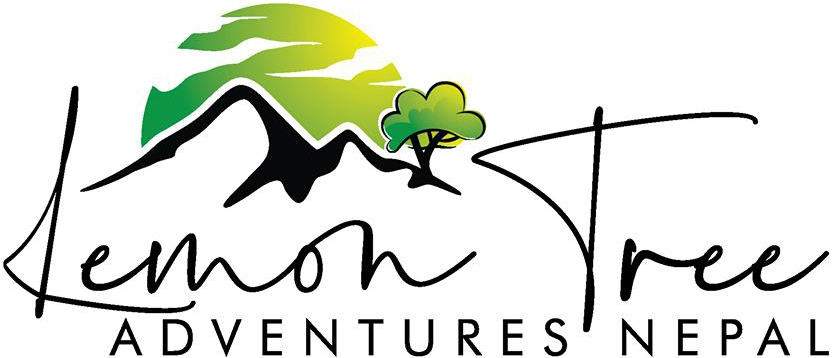Nepal, a landlocked country in South Asia, is a stunning example of geographical diversity compressed into a relatively small area. Its topography ranges from the flat, fertile plains of the Terai to the world’s highest mountain peaks in the Himalayas, creating a dramatic and varied landscape.
Here below are the 3 main regions of Nepal in term of Geography :
The Terai Region
Situated in the southern part of Nepal, the Terai is a lowland region characterized by fertile plains, tropical forests, and diverse wildlife. It shares a similar climate and vegetation with the Indian subcontinent.
- Geographical Features: The Terai is primarily composed of alluvial plains formed by the deposition of sediments from the Himalayan rivers. It is a region of rich biodiversity, with dense forests, grasslands, and wetlands.
- Tourist Attractions: The Terai offers a unique opportunity to experience Nepal’s wildlife. Chitwan National Park , Bardia National Park is a major draw, famous for its Royal Bengal tigers, one-horned rhinos, and diverse birdlife. Other attractions include jungle safaris, elephant back rides, and river cruises.
The Hilly Region
Between the Terai and the Himalayas lies the hilly region, characterized by rolling hills, deep valleys, and terraced farmlands. This region is home to the majority of Nepal’s population.
- Geographical Features: The hilly region is a transition zone between the lowlands of the Terai and the towering Himalayas. It is dissected by numerous rivers, creating fertile valleys suitable for agriculture.
- Tourist Attractions: The hilly region offers a blend of natural beauty and cultural heritage. Popular tourist destinations include Pokhara, known for its stunning lakes and mountain views, and the Kathmandu Valley, a UNESCO World Heritage site with ancient temples and palaces. Trekking and hiking are popular activities in this region.
The Himalayan Region
The Himalayas, the world’s highest mountain range, dominate Nepal’s northern border. This region is characterized by towering peaks, glaciers, and deep valleys.
- Geographical Features: The Himalayas in Nepal are divided into three parallel ranges: the Outer Himalayas, the Middle Himalayas, and the High Himalayas. The High Himalayas is home to the world’s highest peaks, including Mount Everest.
- Tourist Attractions: The Himalayan region is a paradise for adventure seekers. Trekking to Everest Base Camp, Annapurna Circuit, and Langtang Valley are some of the most popular treks in the world. The region also offers opportunities for mountaineering, rock climbing, and high-altitude exploration.
The Impact of Geography on Nepal
Nepal’s geography has significantly influenced its culture, economy, and way of life. The Terai, with its fertile plains, is the country’s agricultural heartland. The hilly region supports a diverse population engaged in agriculture and tourism. The Himalayas, while challenging to inhabit, have become a global symbol of adventure and spirituality.
Nepal’s geographical diversity also presents challenges. The country is prone to natural disasters such as earthquakes, landslides, and floods. However, these challenges have also fostered resilience and a deep connection to the land among the Nepalese people.
In conclusion, Nepal’s geography is a defining feature of the country. From the lush lowlands of the Terai to the majestic Himalayas, Nepal offers a diverse range of landscapes, cultures, and experiences for visitors.




